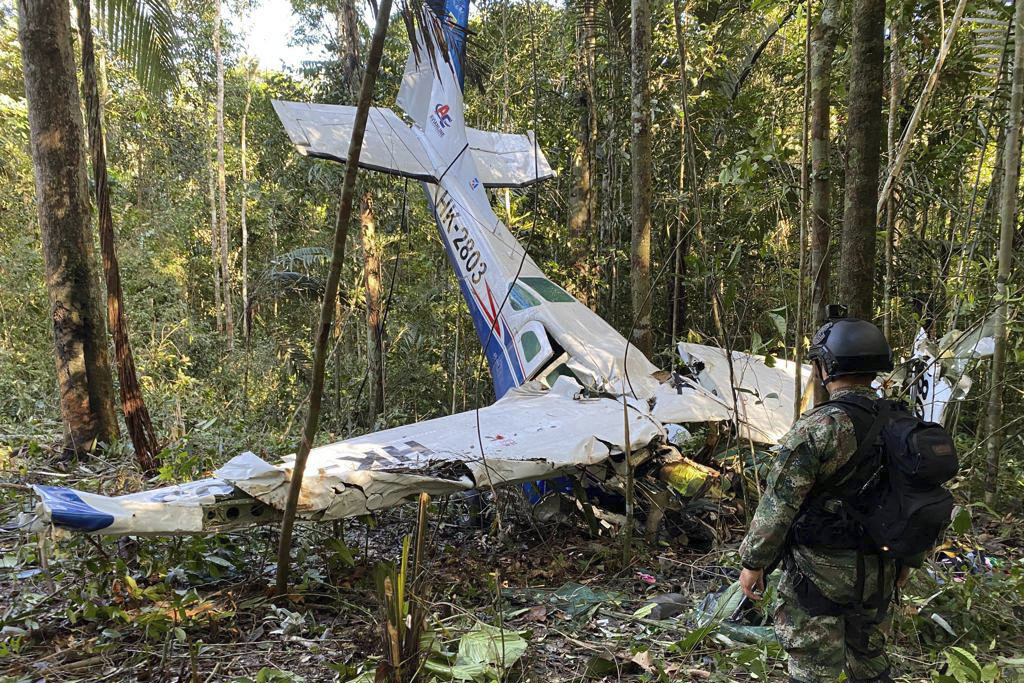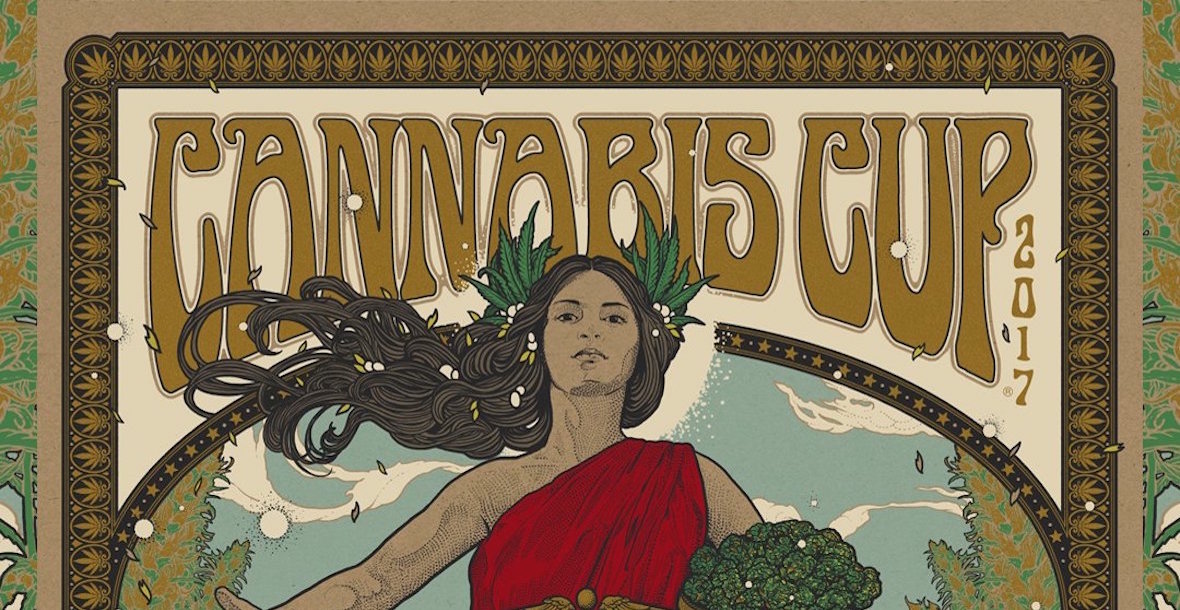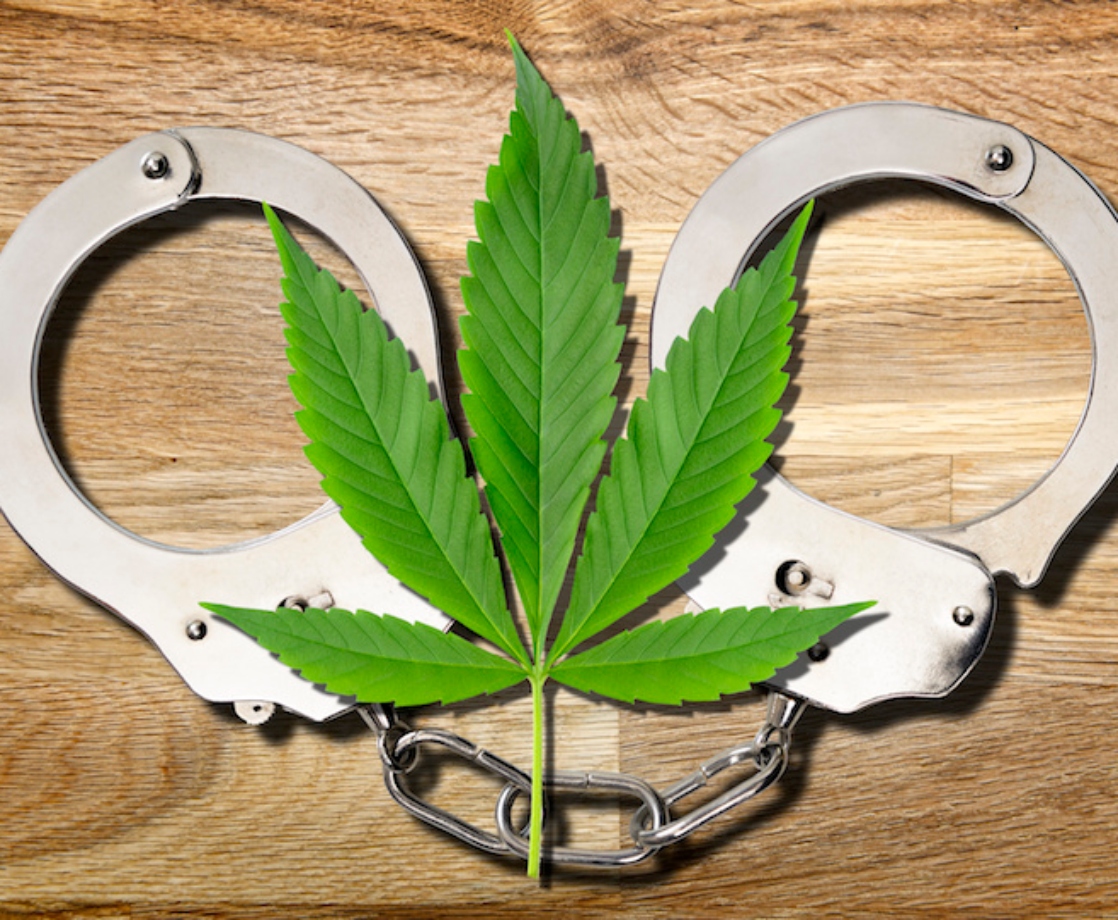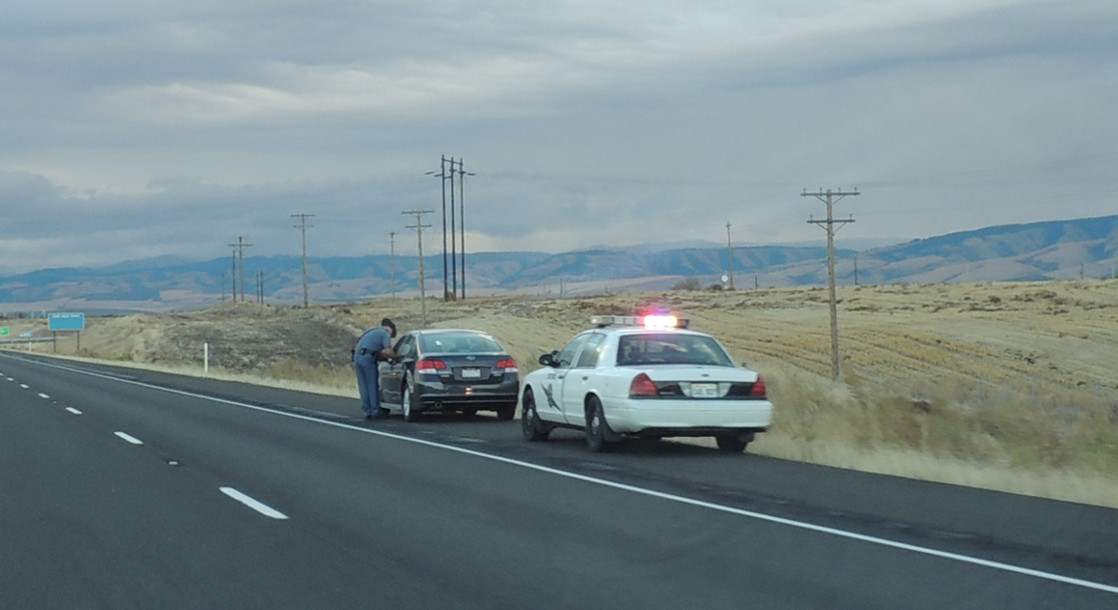Image via
Indigenous Colombian families used ayahuasca to help find four missing children who were stranded in the Amazon jungle after a plane crash.
On May 1st, a small charter plane traveling between two small towns in the Colombian Amazon crashed into the jungle. Search parties set out immediately, but the jungle was so dense that it took searchers 16 days to even find the wreckage. The tiny one-engine plane was carrying 3 adults, 3 children aged between 4 and 13, and one 11-month old baby. When rescuers finally found the wreckage, they discovered that all 3 adults had died, but they also found signs that the four children all survived the crash.
Indigenous searchers agreed to join Colombian military forces to conduct a major search and rescue operation for the missing children. Helicopters dropped boxes of food into the jungle for the kids to find, and searchers fanned out in teams with rescue dogs. But after 39 straight days of fruitless searching, the children’s families turned to an ancient tradition for help. Henry Guerrero, a volunteer who joined the search, suggested that a traditional yagé ceremony could help them find the missing kids.
“I told them, ‘There’s nothing to do here. We will not find them with the naked eye. The last resource is to take yagé,’” said Guerrero to The Associated Press. “The trip really takes place in very special moments. It is something very spiritual.”
Yagé, more popularly known as ayahuasca, is a psychedelic brew known for inducing powerful, life-altering visions. Indigenous Amazon peoples have been using this “vine of the soul” for at least 1,000 years to induce shamanic visions, cure illnesses, and to learn about the natural world. In more recent years, ayahuasca has gained popularity in Western cultures, and researchers are discovering that this natural entheogen can treat a wide range of mental health issues as well.
Manuel Ranoque, father of the two youngest children, drank a batch of yagé that Guerrero’s aunt prepared. Ranoque felt the effects of the sacred brew, but after several hours, he said that he had not learned anything about the children’s whereabouts. But on the following day, elder José Rubio drank the rest of the yagé and did have a vision. He told Guerrero that rescuers would find the children that very day.
Rubio was right. Hours later, rescuers discovered the four children about 3 miles away from the crash site. And even though the children were all under the age of 13, they had survived forty full days in the jungle on their own. The kids were able to pull off this miraculous feat because they were members of the Indigenous Huitoto group, and had already learned how to survive in the jungle. For more than a month, they stayed alive by collecting rainwater in a plastic bottle and foraging for fruits and seeds.
“Finding enough high-quality food, building shelters and keeping away from harm’s way for 40 days and nights in a remote area of the Colombian Amazon would challenge most adult Westerners … never mind three children younger than 12 carrying an 11-month-old baby,” said Carlos Peres, an expert in Amazonian biodiversity from the University of East Anglia in England, to NBC News.
And although the ayahuasca vision did not reveal the location of the children, Ranoque still credits the yagé experience with helping facilitate their safe return. “That was so that the goblin, that cursed devil, would release my children,” he told The Associated Press. “This is a spiritual world,” he said, and yagé “is of the utmost respect. It is the maximum concentration that is made in our spiritual world as an indigenous people.”











